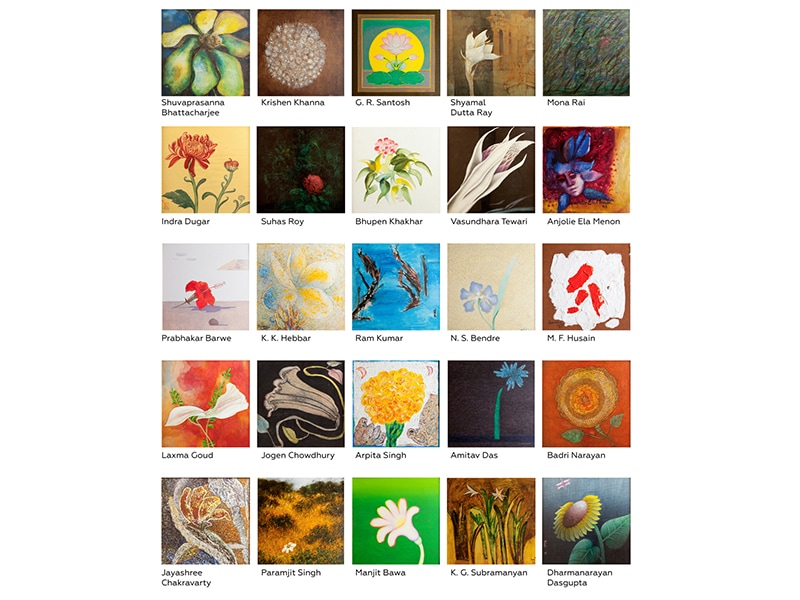
Coronavirus: India's locked museums take treasures online
With the hope that visitors will return after the Covid-19 lockdown, museums and art galleries across the country are finding ways to stay relevant and engage new audiences, virtually. The future of the business of art, however, remains a question mark

In the late 1980s, Abhishek Poddar, founder of Bengaluru’s Museum of Art and Photography (MAP), gifted his parents a bouquet of 25 paintings for their 25th wedding anniversary, along with his sister. Each canvas portrayed a different flower and was painted by a leading artist, such as Manjit Bawa, Arpita Singh and MF Husain, to name a few.
This bouquet was brought to the online world in mid-March, after MAP decided to close its doors following the Covid-19 scare. Poddar sent out e-mails with a collage of the paintings, calling it a ‘bouquet of hope’—for a better future and people’s safety. He asked patrons, museums and galleries across the world to respond with their own flower renditions, actual, painted, crafted or photographed. “We got so many responses from across the world that we are building a separate website for all the digital bouquets,” says Kamini Sawhney, Director, MAP. The website is now live.
In early April, Mumbai’s CSMVS (Chhatrapati Shivaji Maharaj Vastu Sangrahalaya) museum sent out a fascinating newsletter. In it was an e-book charting the history of the Anvar-i Suhayli, a Persian translation of the Panchatantra, commissioned by the Mughal emperor Akbar circa 1575 AD, and some of its short stories, translated.
The manuscript, created in Akbar’s imperial atelier, was perhaps commissioned for his six-year-old son Prince Salim (later called Jehangir), as lessons on moral conduct. It found its way to the library of Mountstuart Elphinstone, a Scottish statesman and historian with the British government in India, and was damaged in a fire during the Anglo-Maratha war of 1818. The paintings were retrieved, mounted and bound into an album, and later gifted to the Museum by donor Alma Latifi. “Even if the physical space is closed, we must continually engage with our visitors and reach out to more people,” says Ajay Kochle, assistant director, CSMVS.
With the hope that visitors will return after the lockdown, museums and art galleries across the country are innovating with ways to stay relevant and find new audiences. For a traditionally physical medium, this has players navigating new ground. So, gallerists and curators are running online workshops, quizzes, puzzles, colouring sheets, expert talks, crosswords, YouTube discussions and competitions. “Covid-19 zoomed forward the digital revolution in the Indian art world by five to ten years,” says Tasneem Mehta, managing trustee and honorary director of Mumbai’s Dr Bhau Daji Lad City Museum (BDL).
Earlier, most of these spaces were focused on physical activities to grow their footfall—as well as their revenue. They have had to cancel or push forward many major events due to the coronavirus lockdown, including talks on Akbar Padamsee at Mumbai’s Jehangir Nicholson Art Foundation (JNAF); a 10-day conservation workshop at MAP; artist Nalini Malani’s big-ticket show and a big online interactive project on a prominent Mumbai personality by BDL.







